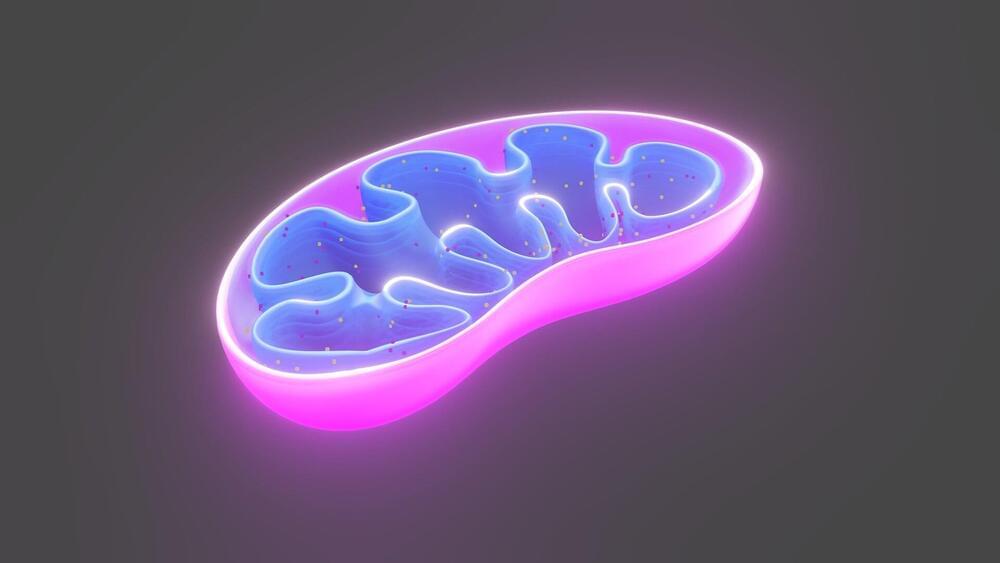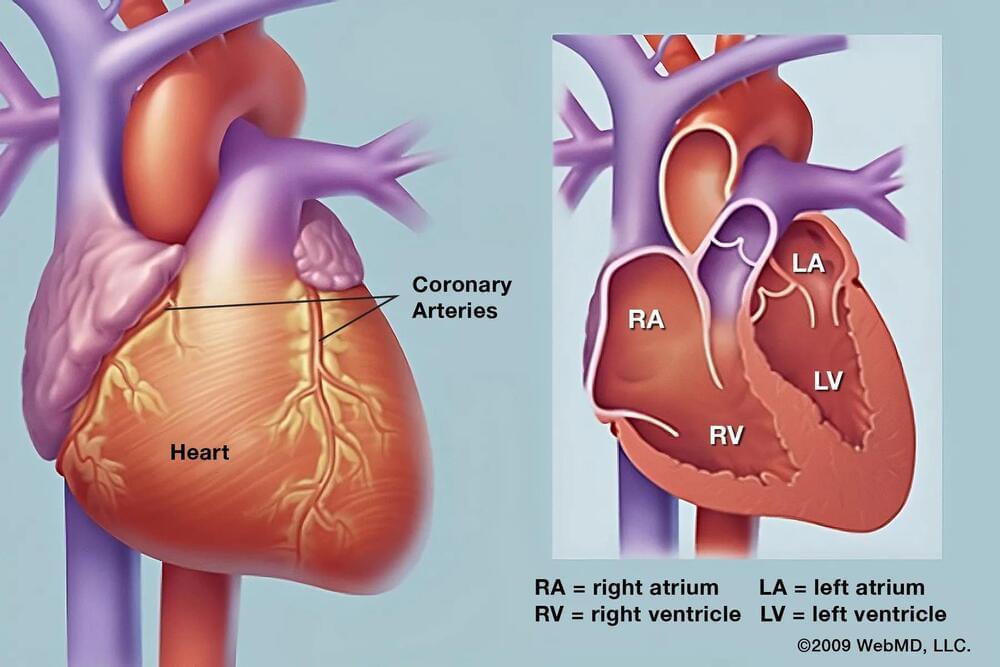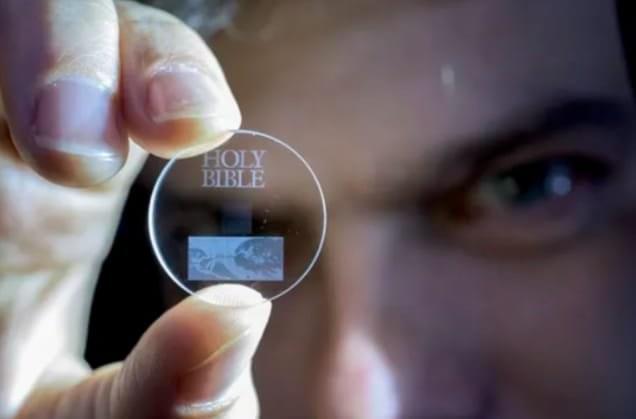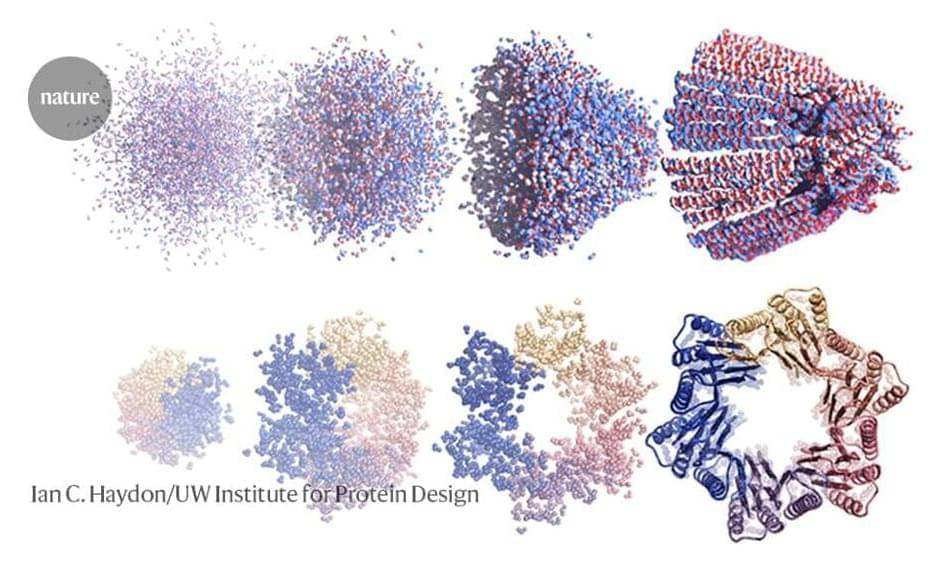There’s a bouncer in everyone: The blood-brain barrier, a layer of cells between blood vessels and the rest of the brain, kicks out toxins, pathogens and other undesirables that can sabotage the brain’s precious gray matter.
When the bouncer is off its guard and a rowdy element gains entry, a variety of conditions can crop up. Barrier-invading cancer cells can develop into tumors, and multiple sclerosis can occur when too many white blood cells slip pass the barrier, leading to an autoimmune attack on the protective layer of brain nerves, hindering their communication with the rest of the body.
“A leaky blood-brain barrier is a common pathway for a lot of brain diseases, so to be able to seal off the barrier has been a long sought-after goal in medicine,” said Calvin Kuo, MD, PhD, the Maureen Lyles D’Ambrogio Professor and a professor of hematology.







